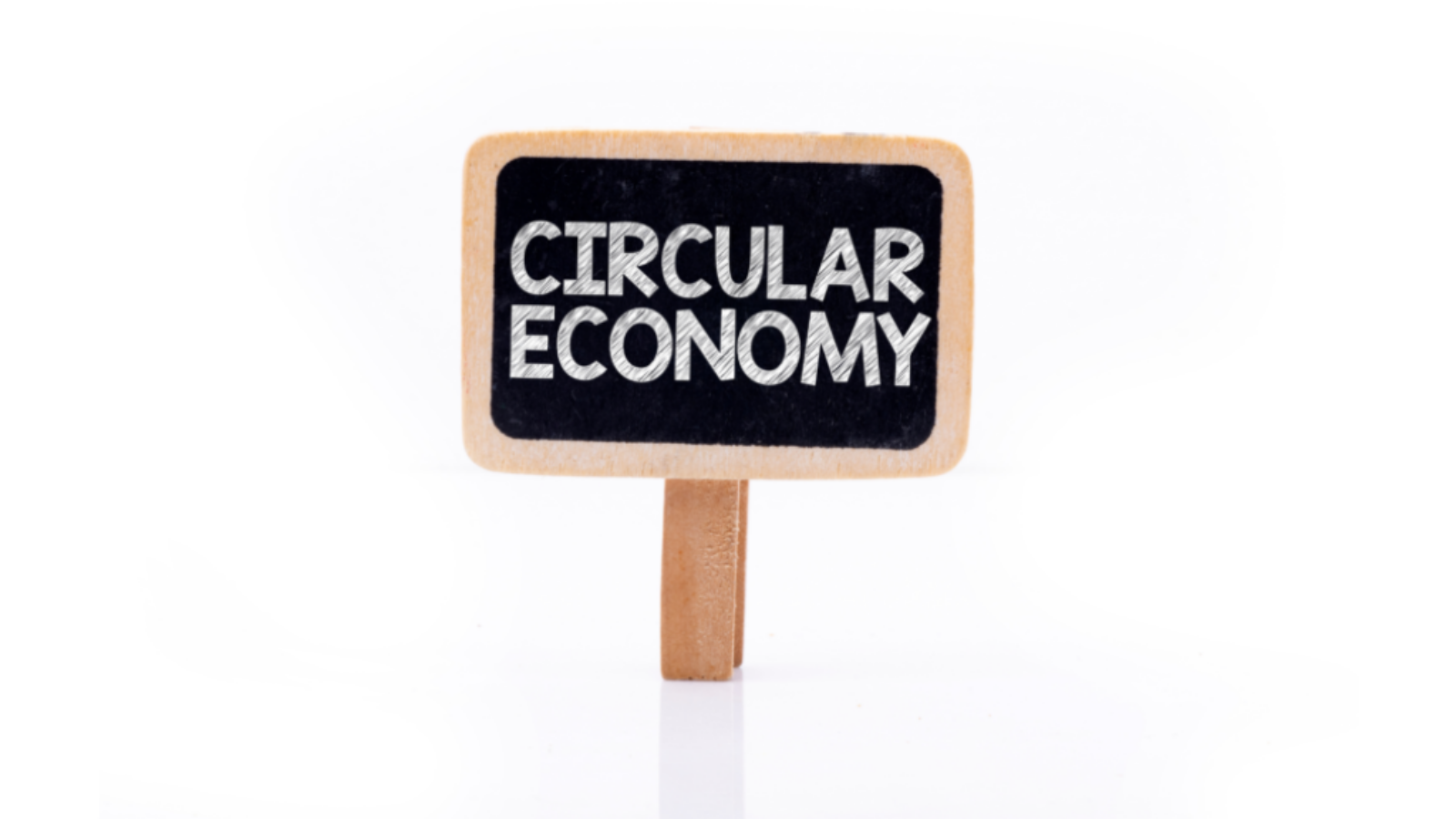Circular economy has long been a buzzword and topic driving discussions throughout sustainable packaging communities. The topic was first introduced in the book Cradle to Cradle by Michael Braungart and William McDonough which explored the idea of reusing a material for as long as possible or even designing out waste. The Ellen MacArthur Foundation (EMF) took this idea and made it front and center with the circular economy. They defined it as “restorative by design, and aims to keep products, components and materials at their highest utility and value, at all times.” So fundamentally, it is the principle that all materials should be kept in the “loop” as long as possible. But how is circularity calculated?
Calculating Circularity of Packages
EMF in partnership with others created the Material Circularity Indicator which quantifies the circularity of a product. The calculation assigns a product with a score of 0 to 1 with a value closer to 1 representing a more circular product. Trayak used this methodology and implemented it in the COMPASS software. When applied to packages it is used to calculate the Material Circularity Index of primary packages. The calculation is driven by 3 main characteristics of the package:
Utility: Number of times a package can be reused or refilled before it needs to be discarded.
Reused or recycled content: Post-consumer recycled (PCR) content incorporated into the feedstock of the package materials. Recycled or reused content displaces virgin material and increases the circularity score.
Recycling or reuse at the end of life (EOL): Percentage of the packaging materials recycled or reused at the end of life. This keeps the material in circulation by preventing it from being lost or wasted.
Using the COMPASS software, Trayak calculated the circularity index for 6 different packaging designs and circularity strategies. The baseline was a plastic HDPE soap bottle with 20% post-consumer recycled content (PCR) and 19% EOL recycling, the US industry average rate. The circularity of the baseline was 0.26. In the chart below, you can see how increasing PCR content, changing materials, considering a refill scenario, increasing EOL recyclability and increasing functional units/durability of the package through a LOOP scenario, affected the circularity score of the packages. Increasing the utility of the package was the biggest driver in increasing the circularity score as seen in the refill scenario and the LOOP example.
Analyzing the entire life cycle
Let’s take a look at a switch from plastic to glass. The infamous photos of plastic litter are the driving force behind the suggestion by influencers in the zero waste movement to switch from plastic to glass. Those photos, while sad to view, only show one phase of a package’s lifecycle. If the entire lifecycle is considered instead of solely the end-of-life, glass often shows a larger environmental footprint.
Our experts ran a screening life cycle assessment of glass versus plastic (PET) using EcoImpact-COMPASS at the packaging system level. Running the analysis on the packaging system level is important because it takes into consideration the weight of glass in comparison to plastic particularly with regards to transportation. Analyzing glass versus PET, the results show a decrease in fossil fuel use with an increase in GHG emissions. It is important to note that these are only two environmental indicators out of eight environmental indicators users can analyze within EcoImpact-COMPASS. We strongly encourage analyses to be run across multiple indicators to avoid burden shifting. Additionally, with a switch from plastic to glass it is important to take into consideration packaging attributes such as damage rate that will be higher with glass than plastic. As a result of an easier to break primary package, secondary packaging often increases as well, therefore another reason to run the analysis on the packaging system level.
Circularity or Life Cycle Assessment?
Life Cycle Assessment has long been a methodology to calculate the environmental impact of packaging systems and evaluating new sustainable strategies. With circularity driving many conversations about sustainable packaging, some sustainability professionals are asking, “which principle is better, Circularity or Life Cycle Assessment?” Trayak’s platform EcoImpact-COMPASS allows you to evaluate both at the same time with our add-on module SCORE. The below spider web chart displays the LCA attributes of greenhouse gas (GHG) emissions, water use, and fossil fuel use alongside the SCORE attributes recycled content and circularity. These are just a few of the many additional attributes that can be tracked through SCORE. The chart values closest to the center represent the least impactful/more sustainable package. The LCA results follow the same trend as circularity, with one significant deviation. The discrepancy between circularity and LCA is shown with the take back program initiative, increasing recycling at EOL for the bottle by 20%. This increases the circularity of the soap bottle, but has minor effects on the LCA seen with the red graphs and the pink graphs nearly identical for the LCA attributes. The other packaging systems follow the same conclusion when looking at LCA and circularity, with the LOOP like example being the most circular and the most environmentally preferred. Increasing the utility of the package (number of uses/functional units) reduces environmental impact and improves circularity significantly.
Take Away:
Circularity and Life Cycle Assessment should be used together and in a complimentary manner to lead to the best overall decisions for a more sustainable package. A package should be optimized first through an LCA to determine the least environmentally impactful materials, processes, distribution, and EOL.
As seen in the LCA results, recyclability by itself is not always a good indicator of environmental impact even though it does lead to a more circular package.
Circularity should be tracked and optimized for while being cognizant of the environmental impact of the entire packaging system through an LCA platform, such as EcoImpact-COMPASS.
Trayak has been helping leading brands of all sizes make data-driven sustainability decisions for over 10 years. If you would like to learn more about our tools and services please contact us.


Add a Comment
You must be logged in to post a comment